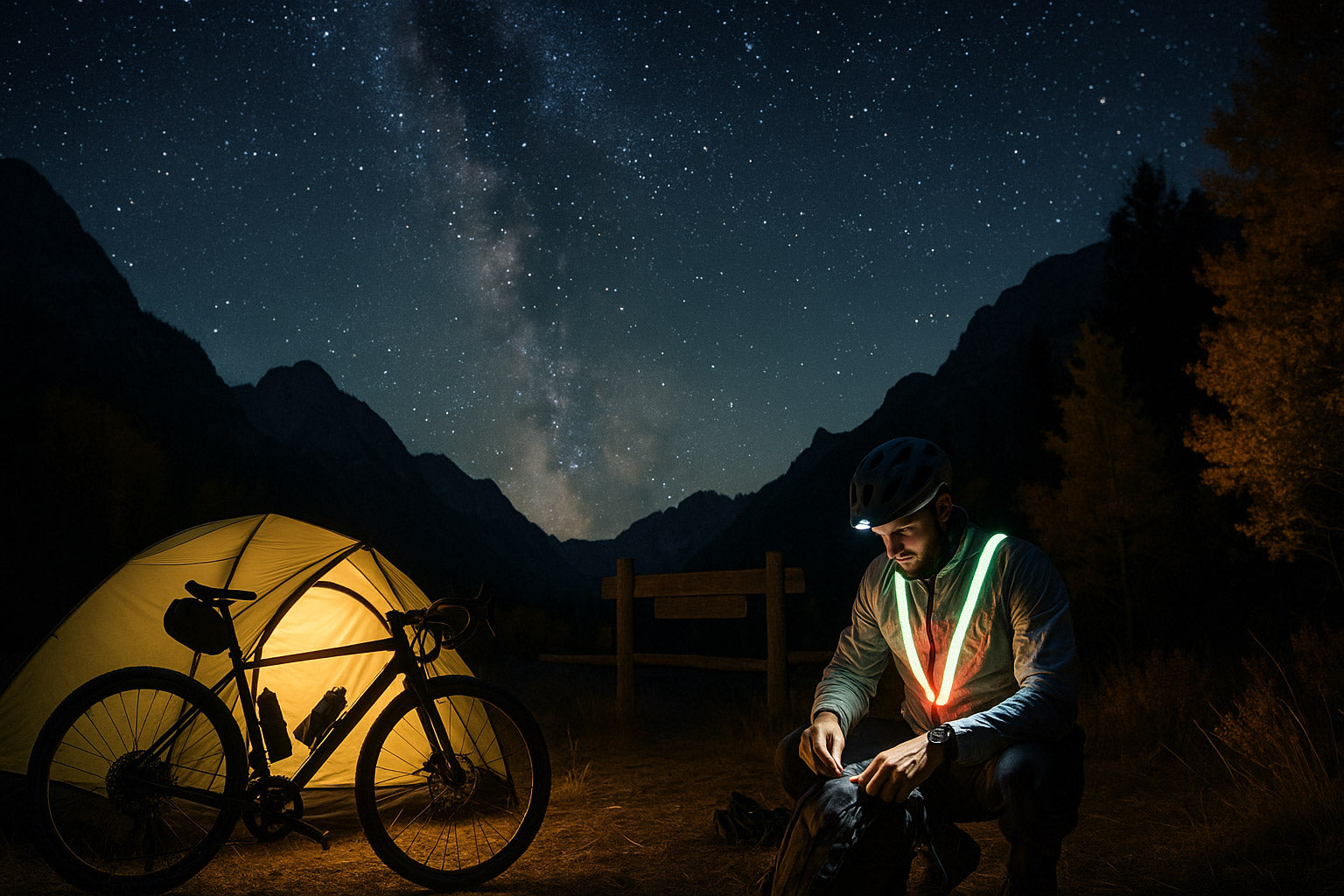
Farm Camping Is Booming: What to Pack for Your First Agritourism Stay (Lighting, Sleep, Camp Kitchen)
The next wave of camping isn’t in national parks or forests, it’s on farms. Real ones. Places where dawn starts with roosters and you pitch next to goats, apple trees, or vineyard rows. Farm camping surged in 2024 with over 443,000 searches, and nearly one in seven campers chose a farm stay. The trend keeps climbing into 2025 as people trade packed campgrounds for real dirt, open skies, and early chores.
This is your farm camping packing list for shoulder season, built around quiet light, warm sleep, and low-impact cooking.
Why farm stays are different
Farms run on rhythm. Dawn is work time, nights stay quiet, and the stars cut sharp over dark fields. Unlike public campgrounds, there’s no hum of generators or high-beam floodlights. You’re moving inside someone’s livelihood, not just their land. Respect the silence. Pack gear that runs dim, warm, and contained.
Watch for a few farm-to-tent realities:
- Quiet hours mean no roaring lanterns or bluetooth speakers.
- Livestock spook easy, keep distance, move slow, shut every gate you open.
- Dark skies are part of the show. Bring light that won’t ruin them.
Lighting plan: lantern, headlamp & safety beacon
Light the zone, not the valley. Farm hosts appreciate campers who keep glow tight to their site.
Headlamps:
-
SILVA Scout 3, 220 lm – lightweight, hybrid power, perfect for camp chores.
-
SILVA Ninox 3, 300 lm – waterproof, solid beam for early walks or barn visits.
-
SILVA Trail Runner Free, 400 lm – flexible cord-free design for sunrise runs or late hikes.
Lanterns:
Use a small, rechargeable LED lantern from our Lighting collection. Choose warm-white light under 300 lumens to avoid blinding others or startling animals.
Tip: Hang it low in your tent or cook area, not high in open air.
Safety beacon:
If you wander after sunset or park along farm access roads, clip a low-power red beacon on your pack or tent stake. It keeps you visible without ruining the sky view.
Sleep system for shoulder season
October through November hits that tricky mix, frost one night, T-shirt the next. Don’t get cocky with summer gear.
Sleeping bag:
Look for a 15–25°F (-9 to -4°C) comfort-rated bag for shoulder season. Down for warmth-to-weight, synthetic if dew and moisture are constant.
Pad:
Ground contact is the silent heat thief. Use an insulated pad with R-value 3.5+ for cold ground protection. Pair with a foam backup if the farm sets you up on gravel or compacted pasture.
Tents and sleep gear:
All live under the Camping & Survival collection.
Pro move:
Shake out bedding daily, farm dust sneaks everywhere.
Simple camp kitchen that respects working farms
You’re cooking where animals graze, so your kitchen should stay tight, contained, and scent-controlled.
Cook setup:
-
Olicamp XTS Pot (1L) – efficient boils, minimal fuel, no flare-ups. Perfect for coffee or single-pot dinners.
- Small gas or alcohol stove, no wood fires unless the host allows.
- Keep fuel and food sealed; farm dogs will find it.
- Bring your own graywater container; don’t dump near fields or pens.
Utensils:
A small titanium spoon, lightweight knife, and cloth towel beat disposables. You’re not glamping, you’re integrating.
Leave-no-trace & etiquette
Farm stays carry unspoken rules. Learn them fast.
- Close every gate. Every. Single. One.
- Stay out of crop rows, tool sheds, or barns unless invited.
- Keep headlights off near houses or livestock.
- Follow quiet hours after 9 p.m.
- Ask before flying drones.
- Clean your spot like you were never there, hay and soil don’t hide trash.
Kids in tow? Prep them for early mornings. Roosters don’t care about your REM cycle. Slip a hat on them, grab a low-lumen headlamp, and make sunrise part of the fun.
Inline picks worth your cart
- SILVA Scout 3 Headlamp
- SILVA Ninox 3 Headlamp
- SILVA Trail Runner Free Headlamp
- Lighting Collection (Lanterns + Beacons)
- Camping & Survival Collection (Tents, Pads, Bags)
- Olicamp XTS Pot (1 L)
FAQs
Are generators or loud lanterns OK on farms?
No. Keep it quiet. Generators and loud lanterns wreck the peace and spook livestock. Stick with battery-powered or solar lanterns under 300 lumens and small rechargeable headlamps. Use power banks for your devices instead of gas units.
What sleeping bag rating for October farm nights?
Go with a comfort rating near 15–25°F (-9 to -4°C). Shoulder-season temps drop faster in open farmland than in tree cover. Down bags handle chill best, synthetic works if dew or mist are common.
How to handle early-morning chores or roosters with kids?
Expect dawn noise. Bring earplugs if you need extra sleep. Better yet, lean in, grab low-lumen headlamps, walk the property with permission, and make it part of the experience. Keep kids clear of livestock unless the host guides them.
- Choosing a selection results in a full page refresh.
!
